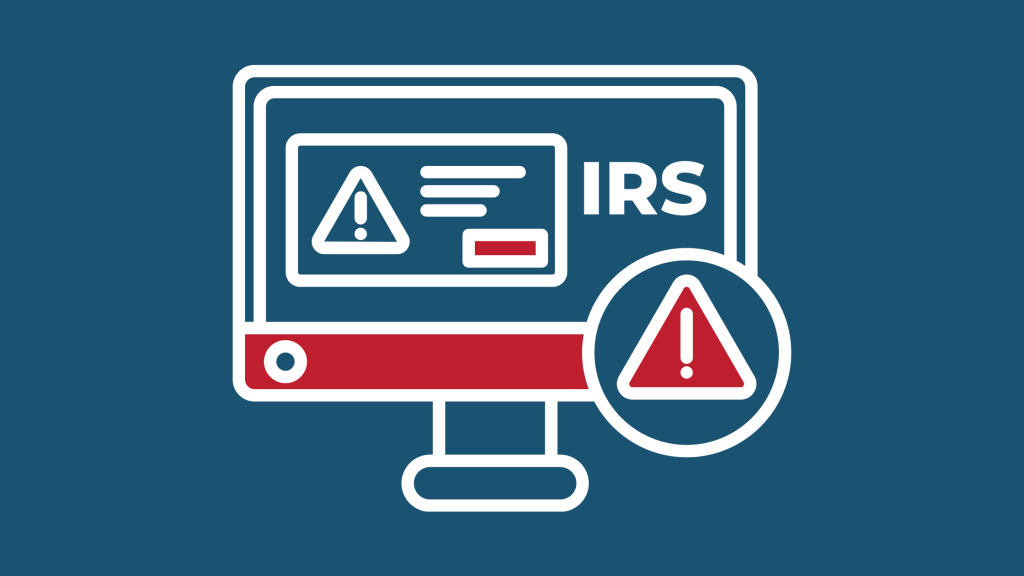Tax Guard: The Lifeline Into the IRS’s Technology Troubles Published January 30, 2023
Despite technological advances, the IRS is a slow-moving bureaucracy
While the IRS collects approximately $4.1 trillion a year (about 96% of the U.S. gross revenue), including almost every business and individual in the U.S., its ability to process this amount of data quickly and efficiently is massively impacted by consistent underfunding and understaffing issues. The agency is outfitted with antiquated technology, hardware, and code, dating back to the JFK administration.
While the IRS has been attempting to join the 21st century for years, the $80 billion recently allotted to the institution over the next decade should offer much-needed technological upgrades and improved hiring efforts, allowing for more auditors and customer service professionals. What’s the catch? Well, this overhaul will be a slow, sensitive process, given the difficulty of balancing any IRS processes and technology change with national security concerns.
One step forward, another step back: ID.me and NIST
Due to the complex nature of the IRS, when the agency attempts to modernize, new issues often inadvertently arise. For example, last year, the IRS announced that it would begin requiring all individuals who file their taxes online to utilize the facial matching software ID.me, which verifies filers’ identities via a video selfie. It wasn’t long until concerned individuals began conflating ID.me’s facial matching technology with facial recognition technology, insisting it was dangerous for a private company to have access to large amounts of biometric data and that many facial recognition systems have significant racial and gender biases.
The Treasury walked back its original decision in February and directed the IRS to move away from its use of ID.me. They’ve since reversed that decision (at least in part), citing a significant difference between using biometrics with user consent to verify and authenticate identity to protect an individual from fraud and obtaining biometric data without consent for marketing or surveillance purposes. Now individuals can choose between utilizing the ID.me biometric identity service or confirming their identity through a live interview with an IRS agent.
When the overworked IRS staff members (its workforce has been suffering from a staffing reduction of 22% since 2010) aren’t dealing with the task of following multilayered NIST standards, there’s the looming shadow of a mammoth backlog of over 23 million pieces of correspondence from the 2021 tax season. While the IRS plans on using a portion of that $80 billion to improve its internal systems and hire more employees focused on customer service, the IRS can’t be very customer-centric right now.
This presents unique challenges for lenders of all types. Commercial lenders, who often only have access to very fragmented credit data from small-to-medium-sized businesses, often seek to use IRS data, as it presents a much more holistic picture regarding a business’s financial health. Meanwhile, the government requires Small Business Administration (SBA) lenders to receive tax return transcripts with every loan. This measure ensures these lenders are good stewards of taxpayer dollars (and are issuing good quality loans).
Payroll tax data—it’s more important than you could have ever imagined
IRS tax data can reveal hidden credit risks and deeper insights into businesses that might be toeing the line of approval or denial. When lenders have quick access to exclusive deposit, payroll tax, and liability data, they can gain vital insights into the legitimacy of a business and build a realistic and profitable plan. Did you know that whether or not a business makes payroll tax deposits in full and on time is a key indicator of credit risk? Our data shows that, on average, payroll tax deposits are made 8 to 13 times a quarter, with the most common recurrence being bi-weekly. Incorporating more robust federal tax data into the underwriting process can reduce loan default rates by as much as 50%.
Understandably, there’s pressure for every aspect of banking and lending to be automated, including access to IRS data. After all, time is of the essence, particularly when you’re a small business in dire need of a loan. Tax Guard is the streamlined link to the IRS you’ve been waiting for—we’ve spent more than a decade understanding how internal IRS processes work, so we can quickly acquire information from the IRS.
Due to the IRS’ security protocols, immediate access to IRS data through the IRS is unlikely to happen now or in the coming years. But you can still shave off valuable time to closing loans and get your borrower the funds they need now with Tax Guard. We’re a team of real people powered by real technology. We’ve learned how to maneuver through all of the IRS red tape to provide lenders like you data the same day it’s requested—no complex forms, no dealing with paper mail, no waiting months for the information needed now.

